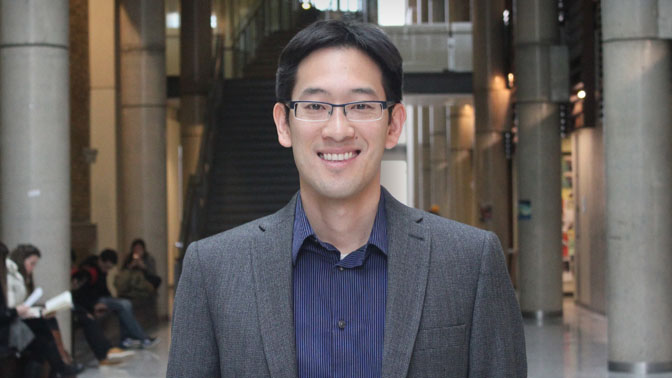
Automated external defibrillators (AEDs) help save lives. They can automatically diagnose a cardiac arrest and, if appropriate, provide an electrical shock to restart the heart. However, in an emergency situation, an AED must be close by and quickly accessible in order to help.
Despite the importance of location, there are no clear rules on where AEDs should be placed in Canada. Each business, mall, transit station or community centre determines whether or not to host an AED and where to place it.
To explore how the location of AEDs might impact their effectiveness, Techna Affiliate Scientist and University of Toronto Professor in Mechanical and Industrial Engineering Dr. Timothy Chan launched a study that took advantage of currently existing data from Copenhagen, Denmark.
“In Copenhagen, the placement of AEDs and their availability times are made publicly available through the Danish AED Network. Data for out-of-hospital cardiac arrests is also available. The quality of this data enabled us to run a simulated clinical trial to explore the importance of AED location,” says. Dr. Chan. “The distance between a cardiac arrest and AED is objective and doesn’t change when we look back in time, enabling the approach of simulating what would happen if we went back in time and put the AEDs in optimal locations.”
The data included 1,573 registered AEDs that were placed in Copenhagen between 2007 and 2016. Using computer simulations, the team compared the effect of optimally placing AEDs over time to the actual placements, which took place without any central oversight.
For the real-life placement of AEDs, only 22% of out-of-hospital cardiac arrests had a nearby defibrillator that was used by a bystander. The researchers found that optimizing the placement of AEDs within the network could nearly double that coverage, which would have led to saving up to 13% more lives.
“Copenhagen has already taken steps to improve defibrillator availability—efforts that have been shown to improve the survival rates of those suffering cardiac arrest,” comments Dr. Chan. “For cities that have less established networks of AEDs, optimizing placement may provide even greater benefits.”
This work was supported by the Danish foundation TrygFonden. TCY Chan holds the Tier 2 Canada Research Chair in Novel Optimization and Analytics in Health.
Sun CLF, Karlsson L, Torp-Pedersen C, Morrison LJ, Brooks SC, Folke F, Chan TCY. In Silico Trial of Optimized Versus Actual Public Defibrillator Locations. J Am Coll Cardiol. 2019 Sep 24. doi: 10.1016/j.jacc.2019.06.075.

Dr. Timothy Chan (pictured) is an Techna Affiliate Scientist at University Health Network and a Professor at the University of Toronto.




